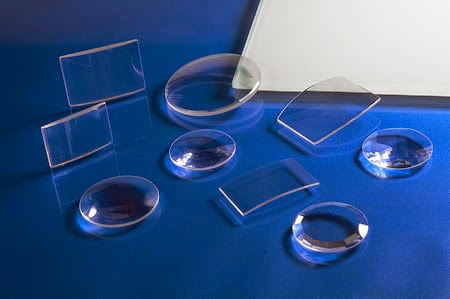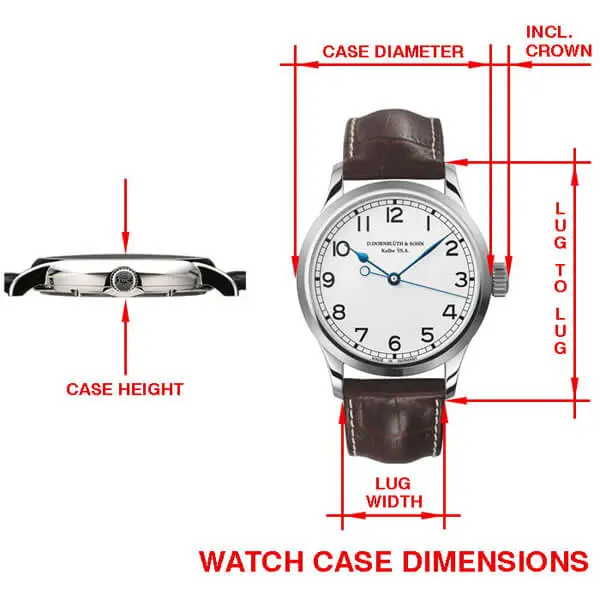Blog Replica Watches
IMPORTANT BASIC KNOWLEDGE ABOUT WATCHES
IMPORTANT BASIC KNOWLEDGE ABOUT WATCHES
In the world of watches, there are always interesting facts that not everyone knows. Whether you aim to become a true watch enthusiast or simply enjoy watches out of passion, it’s essential to grasp important knowledge about wristwatches. Let’s explore with DWatch Global!
1. What is a replica watch?
A replica watch is a term used to refer to high-quality counterfeit watches that closely resemble authentic ones, with a similarity of 90% or higher. Replica watch prices typically range from 2 to 5 million VND, using Japanese movements. Meanwhile, 1:1 replica watches originating from Switzerland with high-end Swiss movements often have much higher prices, ranging from 5 to 30 million VND depending on the type and brand.
Aside from external design, many high-quality fake watches also feature functions equivalent to authentic ones, making it difficult for the untrained eye to differentiate between them.
Nowadays, replica watches are increasingly popular and favored for their designs and quality, coupled with reasonable prices! If you’re interested in replica watches, feel free to contact DWatch Luxury for further consultation!
2. How to use a watch winder (for automatic mechanical watches)
As you may know, to keep a mechanical watch running, we need to wear the watch for at least 8 hours a day or wind it regularly. However, in unavoidable situations where these conditions cannot be met, the watch may run out of power and stop working.
That’s where watch winders come in handy, serving as a lifesaver to help you deal with this issue effectively!
Typically, each watch winder has 3 rotation modes: clockwise, counterclockwise, and bidirectional. Based on the number of rotations per day (TPD), watch winders are divided into 4 types: 650, 800, 900, and 1300 TPD. Most mechanical watches require TPD ranging from 500 to 800, with the safest option being 650 TPD.
3. What is mineral glass (hardened glass)?
Mineral glass is a type of tempered glass known for its shock and impact resistance, commonly used as watch crystals. However, in terms of scratch resistance, mineral glass still falls short compared to sapphire glass.

4. What is sapphire glass?
Sapphire glass is an extremely special type of glass known for its corrosion resistance, scratch resistance, and virtually unbreakable properties. Its hardness ranks 9 on the Mohs scale, with only one natural stone, diamond, being harder and capable of scratching sapphire.

5. What is Quartz Watch?
A quartz watch, also known as a quartz (battery-powered) watch, is a type of timepiece that operates using a quartz crystal.
6. How Long Does an Automatic Mechanical Watch Run?
To determine how long an automatic mechanical watch runs, there are three methods:
- Based on manufacturer-provided information.
- Wind the watch to full power and monitor its operating hours.
- Use the Power Reserve indicator, where the largest notch on the energy scale represents the watch’s maximum winding time. However, this feature is typically found in higher-end watches.
Generally, a mechanical watch can store power for about 36 to 40 hours. For high-end models, this duration may be longer.
7. What is the Function of Small Subdials on a Watch?
For those new to watches, the small subdials on a watch may seem unfamiliar. Some watches have three small circular subdials and three push buttons on the side. This type of watch is called a chronograph. You can refer to illustrated images to understand the functions of these small subdials better.

8. What Does “Swiss Made” Mean?
“Swiss Made” is not just a term indicating the place of origin for watches (Switzerland); it’s also a symbol of quality and the historical value of watchmaking.
For a watch to be labeled “Swiss Made,” it must meet three criteria:
- Equipped with a Swiss movement
- Prove that at least 60% of the components are Swiss-made
- Research and development must be conducted in Switzerland
However, it’s essential to note that in high-end replica watches, the “Swiss Made” label is often used. In reality, most of these watches are manufactured in China, sometimes with Japanese movements. Watches with Swiss movements will typically have a significantly higher price.
9. What is Titanium?
Titanium is a type of titanium alloy used in watchmaking technology. Titanium’s outstanding advantages include being over 40% lighter than conventional materials and being more durable. Moreover, titanium’s heat resistance is noteworthy, as it can withstand temperatures up to 600 degrees Celsius.
10. What is Lug to Lug?
Lug to lug refers to the distance between the lugs on opposite ends of a watch where the watch strap or bracelet is attached.

If you have any further questions or comments, please feel free to leave them below or contact us directly! Thank you for your interest.

